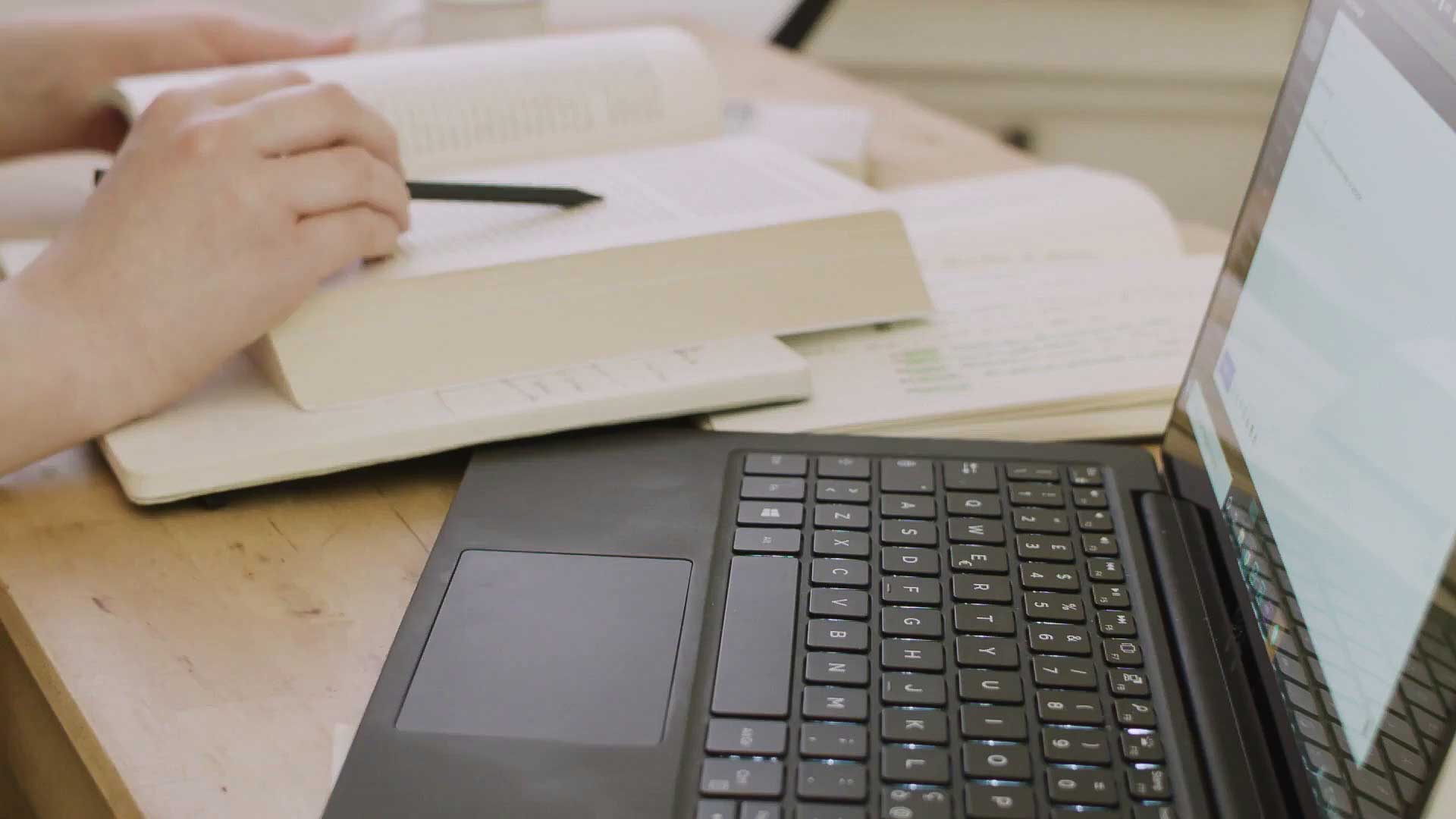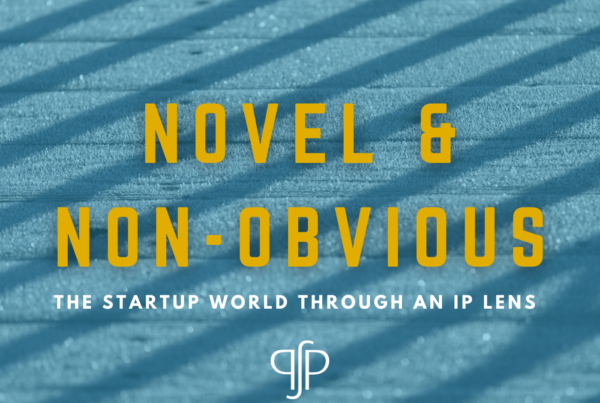As a founder, getting your business off the ground is an uphill battle, and it all starts with your innovative idea. The bad news? It can be expensive to protect your innovation using patent filings, and for fledgling entrepreneurs the cost to break into the market with a truly protected idea can be prohibitive.
This is why concepts like the so-called “poor man’s patent” or writing your own patent applications can be appealing. Why file for a full-blown patent if you could MacGyver the same thing on the cheap? There’s just one problem: these shortcuts don’t work.
Here’s a closer look at the myth of DIY approaches to protecting your ideas, where they come from, why they don’t work.
What is the Poor Man’s Patent?
The so-called “poor man’s patent” is a popular myth that’s been around for a long time. The concept is simple. An inventor creates a full written description, drawings, and related documents for an invention, in much the same way you would draw up relevant details for a patent application. You put all that information in a sealed envelope and mail it to yourself without opening the envelope upon arrival.
The goal of this exercise is that a well-known and reputable third party (the United States Postal Service, in this case) will put a date stamp on it in the process of mailing it back to you. The theory behind the poor man’s patent runs that you can use the postmark to prove the date when the invention was in your possession (i.e., the date of invention) and the postmark provides evidence without the need to disclose your invention to anyone – or go through the arduous process of filing a proper patent application.
Sounds like a great setup, right? There’s just one problem – it doesn’t work.
From “First to Invent” to “First to File”
The concept of the poor man’s patent is based on a now-outdated concept called first to invent.
Under the first to invent system, if two inventors independently file patent applications for the same invention, then the first person to invent a product would be awarded the patent, not the person who first filed a patent application on the product. The USPTO provided ways to use mechanisms like the Poor Man’s Patent to prove who first conceived of the invention and diligently reduced it to practice, either by working on a prototype or by filing an official patent application.
That all changed in 2011 with the passage of the Leahy-Smith America Invents Act, or AIA. Under the AIA, the U.S. transitioned from “first to invent” to “first to file,” thus catching up to the rest of the world that had been operating this way for decades. So, even if you did the whole “mail the invention papers to yourself” thing, the USPTO no longer cares that you may have come up with the invention first, if someone else beat you to the patent office.
The Risks of a DIY Patent Application
Similar to the Poor Man’s Patent, you might be tempted to write and file your own patent application. Now, the USPTO specifically allows inventors to file patent applications on their own behalf under their pro se inventor program. However, DIY-ing your patent application, especially when you’re trying to build a business around your innovation, is not recommended. Here are a few reasons why.
Legalese: How many languages do you speak? If legalese isn’t one of them, writing your own patent application is a bad idea. In the patent process, you’ll generally rely on at least one of two experts: a patent attorney or a patent agent. Both of them must pass the USPTO bar exam and thoroughly understand the ins and outs of U.S. patent law. Either way, they both know legalese, and they both know how to translate legalese into a practical patent process.
Arguing with Examiners Is an Art: While a DIY patent application might theoretically be cheaper, the reality is that you’re likely going to have to spend more time and money in the long run to obtain the patent protection you want. Like serving as your own defense attorney if you’re accused of a crime, just because you’re allowed to do it doesn’t mean you should do it.
Remember, if you’re not an expert in patent law, there’s a good chance there will be issues that cause the patent office to reject your patent application. That means you’ll likely have to bring in expert advice to correct your rookie mistakes. It’s a better use of your time and resources to do it right the first time.
Investors Hate DIY Patents: This one is a biggie, if you’re going to be fundraising. Every experienced IP professional has had to fix other people’s mistakes in patent filings, whether those mistakes were made by other patent practitioners or by pro se inventors. Sometimes those mistakes are correctable, other times they are irreparable. And these mistakes WILL come up during investor due diligence, and having pro se applications in your IP portfolio is a big red flag.
Do yourself a favor — if protecting your innovation is important for you and your company, engage an IP professional to help you. You should always interview several practitioners to find someone who can understand your innovation and has the legal expertise to guide your IP strategy. You’ll be saving yourself a lot of headache and expense in the long run.
At Patents Integrated, we know how important IP can be for growing companies. We also know that, for many founders, the patent process can feel like scaling Mount Everest. Our approach is simple: to use our expertise to make entrepreneurship that much easier for you, helping you build a patent strategy that protects your work both now and down the road.
Ready to take a smarter approach to IP? Click here to get started.





